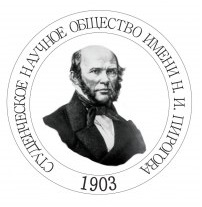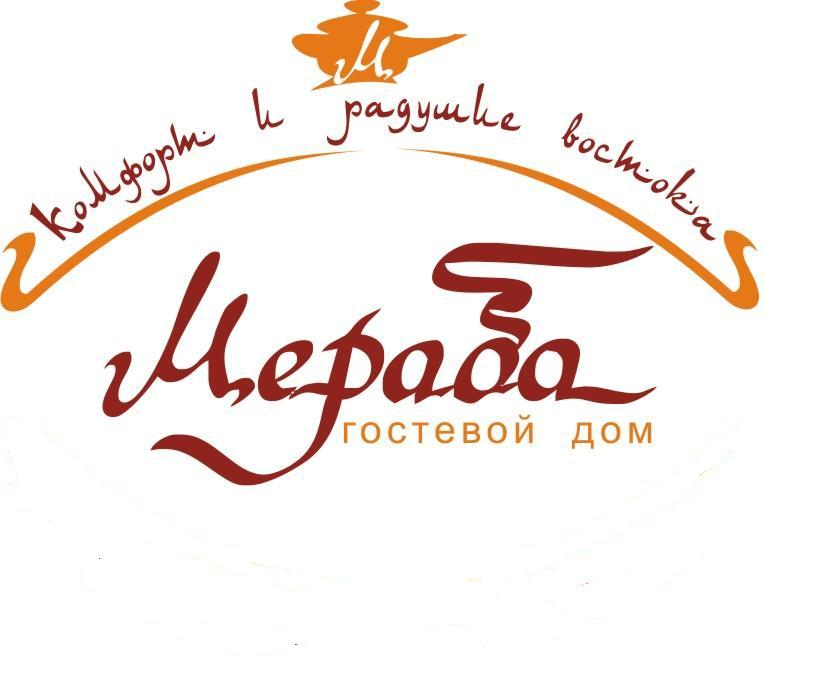МОЛОДЁЖНЫЙ ПРОЕКТ ДЛЯ ТЕХ, КТО ДЕЛАЕТ ПЕРВЫЕ ШАГИ В НАУКЕ
/components/bitrix/system.auth.form/auth_alm/images/login.gif) Войти
Войти /components/bitrix/system.auth.form/auth_alm/images/register.gif) Регистрация
Регистрация
Войти в корпоративную почту как автор/член редколлегии/рецензент журнала




Модель развития Земли из первичного звездного вещества
Кривицкий В.А.
Модель развития Земли из первичного звездного вещества
Кривицкий Владимир Алексеевич, кандидат геолого-минералогических наук, старший научный сотрудник Музея землеведения МГУ имени М.В.?Ломоносова
E-mail: vkrivichi@rambler.ru
Выдвинута гипотеза, согласно которой на основании совокупных данных о возрасте Солнца и планет, если отсчитывать этот его от фазы, когда Солнечная система представляла собой ядерное вещество, возможен вывод о дальнейшей эволюции такового. Эволюция эта, по автору, определяется деструкцией данного вещества и последующей дезинтеграцией в тяжелые ядерные молекулы, а затем — в сверхтяжелые и тяжелые химические элементы. Формы и темпы этой эволюции, по нашему мнению, прежде всего зависят от того, в каких объемах происходят ядерные трансформации и в какой среде находятся продукты его фрагментации.
Ключевые слова: эволюция Земли, первичное звездное вещество, планеты Солнечной системы, движущая сила тектонических процессов, пульсационное расширение, химические элементы коры, процессы деструкции и дезинтеграции, ядерные молекулы, происхождение минералов.
Krivitsky V.A. The Model of the Earth Evolution from the Primary Stellar Matter
Vladimir A. Krivitsky, Sc.D. (Geology and Mineralogy), Senior Researcher, Earth Science Museum of Lomonosov Moscow State University
E-mail: vkrivichi@rambler.ru
Geology, geophysics and geochemistry have accumulated considerable empirical data on the evolution of the chemical matter, geodynamic processes in tectonosphere, cyclicality of magma formation, in comparative planetary science, and so on. However, so far there is no complete concept, the general theory of the Earth based on a clear understanding of a number of problems. It is such problems as 1) which sources of energy and substances are determinants of tectonic movement and redistribution of large masses of material in the bowels of of the Earth; 2) what sources of energy and what substances support Earth's magnetic field, or more precisely, those electric currents that generate this field; 3) what sources of energy and what substances.
We analyzed the direct observations of extrasolar planets, have summarized own experimental data, data of field research on Elbrus, and theoretical developments in quantum physics.
As a result we present a hypothesis about the origin of the Solar system planets as a sequential process of destruction and disintegration of the primary stellar nuclear matter. By the example of the Earth we show that the evolution of planets is the permanent nuclear-chemical process with geotectonic consequences, which the Earth passes through three main stages: pre-geological stage, nuclear one and the stage of pulsating widening. Proceeding from the data on peculiarities of Earth's rotation we define the annual increase of the radius of our planet. We give arguments that the occurrence of ultramafic rocks and extrusive basalts in the shells of the Earth is continuously supported by nuclear dissociation of the nuclear matter. The minerals are also ones of products of this creativity.
Keywords: Earth’s evolution, primary stellar matter, Solar system planets, the driving force of tectonic processes, pulsating widening, chemical elements of the cortex, processes of destruction and disintegration, nuclear molecules, origin of minerals.












